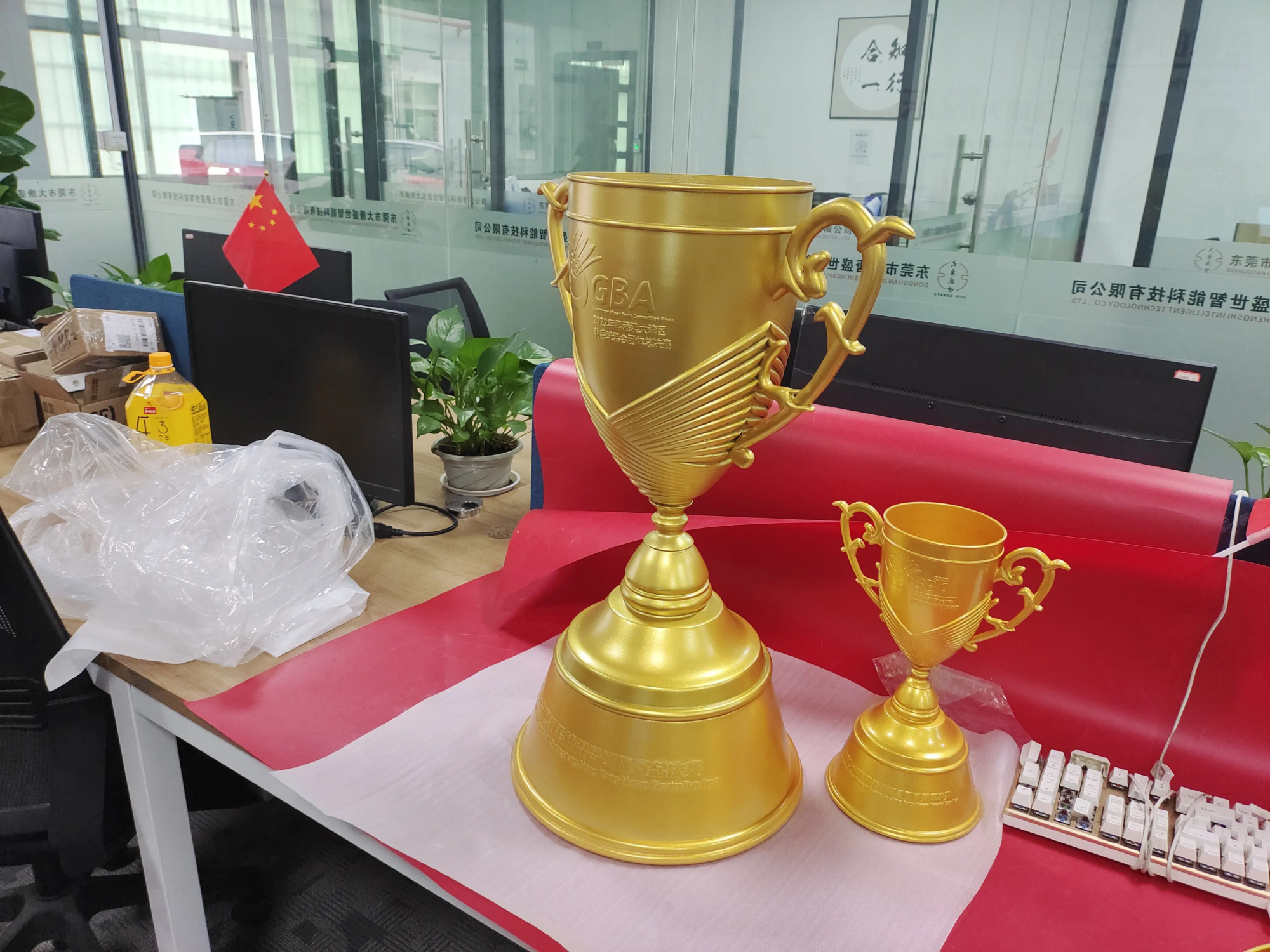According to the latest information on the resource library, the Newport News shipyard, the largest shipyard in the United States, recently announced a big news-they installed a 3D-printed valve collector assembly on a Gerald R. Ford class carrier.
This is the first important application of 3D printing technology in the field of shipbuilding.Has demonstrated its potential by shortening production cycles and improving the manufacturing quality of the key components of the ship.It marks the official entry of the shipbuilding industry into “the printing era”.
3D printed valve collectorCharacteristics and manufacturing
This valve collector is not only catchy for its importance, but also for its size – more than 150 cm in length and more than 453 kg, which is far from comparable to ordinary parts.This component is responsible forAdjust and distribute fluids in several places inside the ship,nowInstalled in the pump room of the new “Enterprise” aircraft carrier (CVN 80).
It is understood that this3D printed valve collectorMade by DM3D Technology, one of the main providers of Directional Energy Technology Service (DED), has already worked with NASA and the American army. DM3D has certified more than 30 materials and is able to produce parts of a size of up to three meters. The company made rocket nozzles three meters high and used two to four deposits on its large equipment.
With a closed loop process, large components can be mounted on the rotary table while adjusting the angle of the deposit head to extend the manufactured geometry range. In addition to producing parts, the company has designed its own equipment and has more than 40 related patents.
In addition, DM3D integrates the head of the robot arm and the closed gantry system, and provides internal thermal isostatic pressure (HIP), CNC machining (CNC), CT and coating scanning capacities. The company was certified by the USNAVAL Maritime Systems Command (NAVSEA).
Additive manufacturing advantages
-
Shortcut production cycle: Additive manufacturing allows rapid production of complex components and reduces treatment time in several stages in traditional manufacturing.
-
Reduce material waste: thanks to a precise layer by accumulation of layers, the additive manufacturing minimizes material waste and reduces production costs.
-
Design flexibility: Additive manufacturing allows the design of more complex geometries, which is particularly important for applications in critical safety environments.
How does 3D printing modify the naval naval construction?
US Navy operating and maintenance costs have an increase of $ 17 billion a year, while the 85 new ships planned to be purchased should cost 1 dollars! One of the biggest challenges faced by the naval constructions industry is the shortage of skilled workers and the long construction cycle. It takes 8 years to build an aircraft carrier, and it also takes 2 to 3 years to build an Arleigh Burke class destroyer.In terms of maintenance, only about 30% of ships are completed in time, and shipyards have accumulated a large number of orders.
3D printing can help solve this problem by reducing time to flow or forge months of months to weeks. It can also reduce costs and prove its priceless value by accelerating repairs. Consequently, the development of this particular component is of great importance.
“It is not only proof of concept, it has tangible improvements in the efficiency of naval construction. In the future, we will apply 3D printing technology to the construction of more ships.”
Future plans: more 3D printed parts could be available
The Valve collector installed this time is only the start. HII plans to produce similar components on the next USS Doris Miller (CVN 81). Currently, HII has installed 55 3D printed parts in several ships and plans to produce 200 components this year. In the future, 3D printing technology will play an increasingly important role in the shipbuilding industry.





